Jamaica's Blue Mountains: Ron Knight (sussexbirder), CC BY 2.0, via Flickr @ https://www.flickr.com/photos/9919745@N03/8082135543
band-tailed pigeon (Patagioenas fasciata) in Arizona: Gary Kramer, Public Domain, via U.S. Fish and Wildlife National Digital Library @ https://digitalmedia.fws.gov/digital/collection/natdiglib/id/14070
Hietzing, 13th municipal district of Vienna, western Vienna: Gveret Tered, Public Domain (CC0 1.0), via Wikimedia Commons @ https://en.wikipedia.org/wiki/File:Schönbrunn_Palace,_Vienna.JPG
undated line engraving by Johann Conrad Krüger (1733-1791), after portrait by Josef Kreutzinger (1757-1829): CC BY 4.0, via Wikimedia Commons @ https://commons.wikimedia.org/wiki/File:Nicholas_Joseph,_Freiherr_von_Jacquin._Line_engraving_by_J._Wellcome_V0003039.jpg
c. 1780 portrait by Johann Nepomuk della Croce (1736-1819); Internationale Stiftung Mozarteum, Salzburg, northwestern Austria: Public Domain, via Wikimedia Commons @ https://en.wikipedia.org/wiki/File:Wolfgang01.jpg
Cockpit Country: northern inland Jamaica: Ron Knight from Seaford, East Sussex, United Kingdom, CC BY 2.0, via Wikimedia Commons @ https://en.wikipedia.org/wiki/File:Patagioenas_caribaea_-Cockpit_Country,_Jamaica-8.jpg
Jamaica and insert of location of Jamaica within Caribbean Sea: Nrg800, CC BY SA 3.0, via Wikimedia Commons @ https://en.wikipedia.org/wiki/File:Ring-tailed_Pigeon.png
view of the Blue Mountain Range looking into St. Mary Parish from St. Andrew Parish: Wolmadrian, Public Domain, via Wikimedia Commons @ https://en.wikipedia.org/wiki/File:Blue_Mountains,_Jamaica.jpg
"Central Jamaica, Off main road running South from Discovery Bay. Somewhere in Cockpit Country.": Paul Morris, CC BY SA 2.0, via Wikimedia Commons @ https://commons.wikimedia.org/wiki/File:Bauxite_Jamaica_1984.jpg
Mine Kerb, near Lime Tree Farm, Blue Mountains: Simon J. Tonge, CC BY 3.0, via Encyclopedia of Life @ https://eol.org/pages/45509382/media (specific EOL image URL @ https://eol.org/media/8935614)


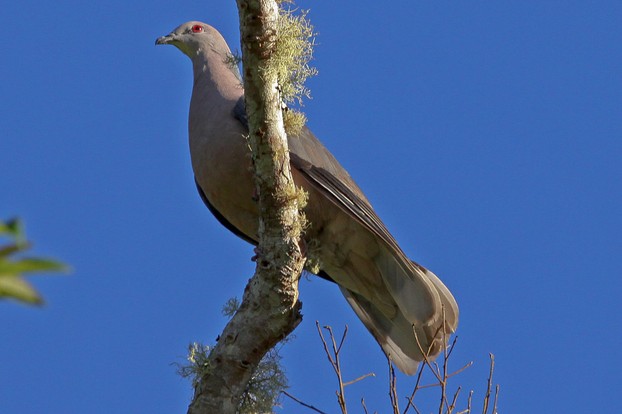
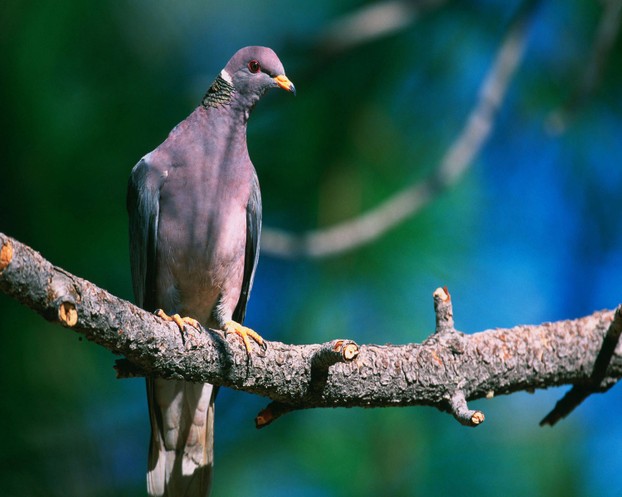



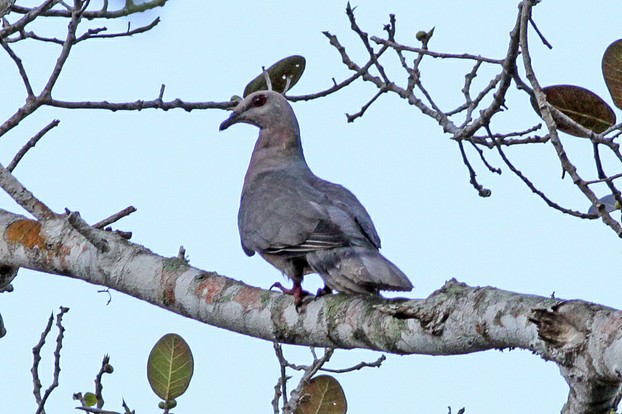
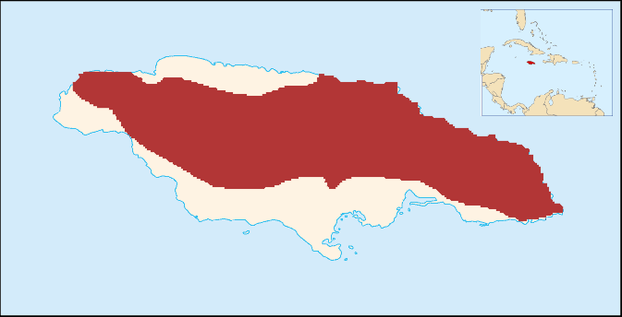
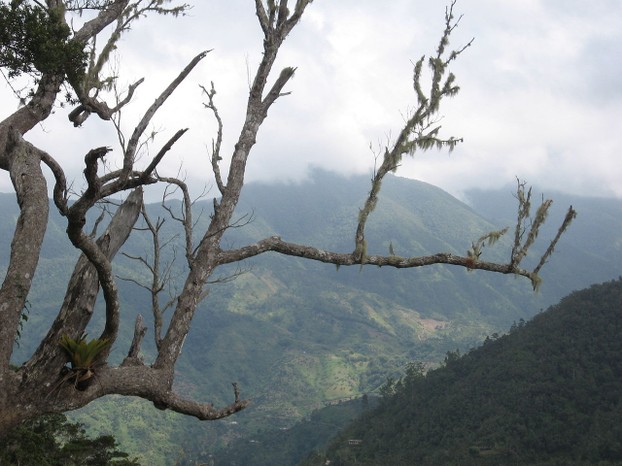

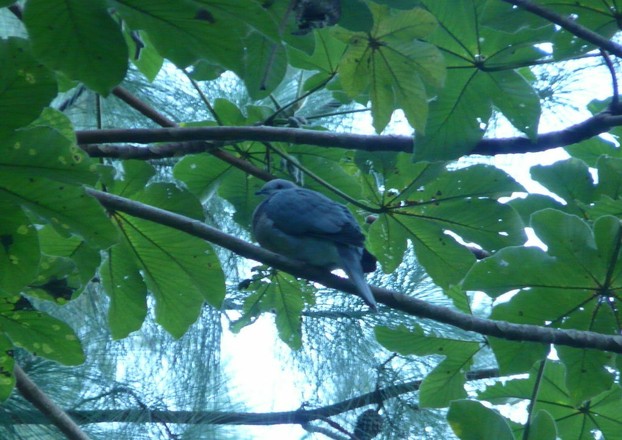




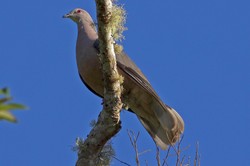

 Are Hawaiian Huakai Po Nightmarchers Avenging Halloween Thursday?on 10/02/2024
Are Hawaiian Huakai Po Nightmarchers Avenging Halloween Thursday?on 10/02/2024
 Mailing Addresses for 2023 Form 4868 Extending 1040 and 1040SR April 15, 2024, Due Dateon 04/15/2024
Mailing Addresses for 2023 Form 4868 Extending 1040 and 1040SR April 15, 2024, Due Dateon 04/15/2024
 Mailing Addresses for 2023 Forms 1040 and 1040SR Filed in 2024on 04/15/2024
Mailing Addresses for 2023 Forms 1040 and 1040SR Filed in 2024on 04/15/2024
 Mailing Addresses for 2022 Form 4868 Extending 1040 and 1040SR April 18, 2023, Due Dateon 04/13/2023
Mailing Addresses for 2022 Form 4868 Extending 1040 and 1040SR April 18, 2023, Due Dateon 04/13/2023


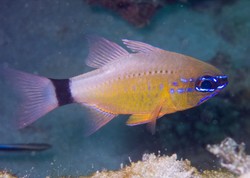
Comments
Mira, Thank you! It is always fascinating to discover the degree of engagement with life's many layers, especially as evinced in the achievements, interests, and passions of those who've made a commitment to appreciating and understanding the natural world.
Nice article, Derdriu! I like not only these pigeons but also your take on the subject, as Kathleen mentioned.
Kathleen, Your appreciation of my "all-encompassing approach" is greatly appreciated. The accomplishments of so many naturalists are inspirational for me, especially when they balance scientific pursuits with appreciation of the arts. In particular I appreciate the interaction of Wolfgang Mozart with Baron Jacquin and the baron's children: his encouragement of the family's musical interests is a memorable measure of his greatness as a person and as a musical genius.
VioletteRose, Endemic fauna and flora have special fascination for me. Their lives seem premised on a fragile future.
Me, too, I appreciate that these Jamaican pigeons are "beautiful birds."
I do so enjoy your detailed articles. I particularly like the way you link up the bird life with the bigger social picture, i.e. the botanists and naturalists of the day and their interests such as music etc. It's an all-encompassing approach which I really enjoy.
Very informative, they are beautiful birds.